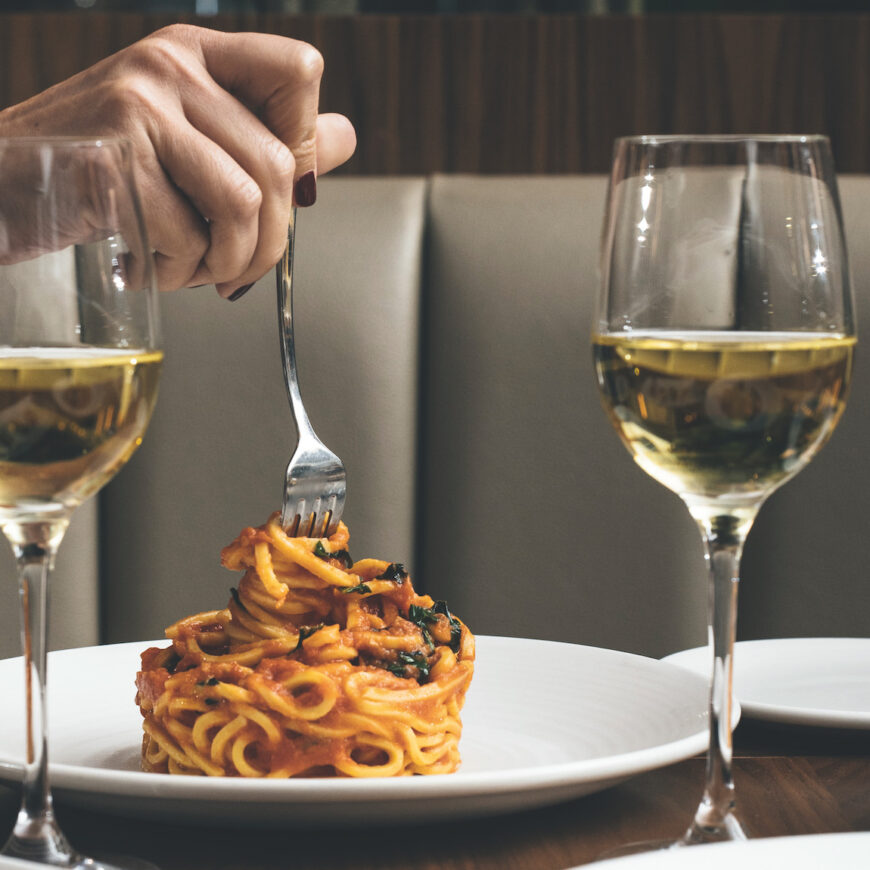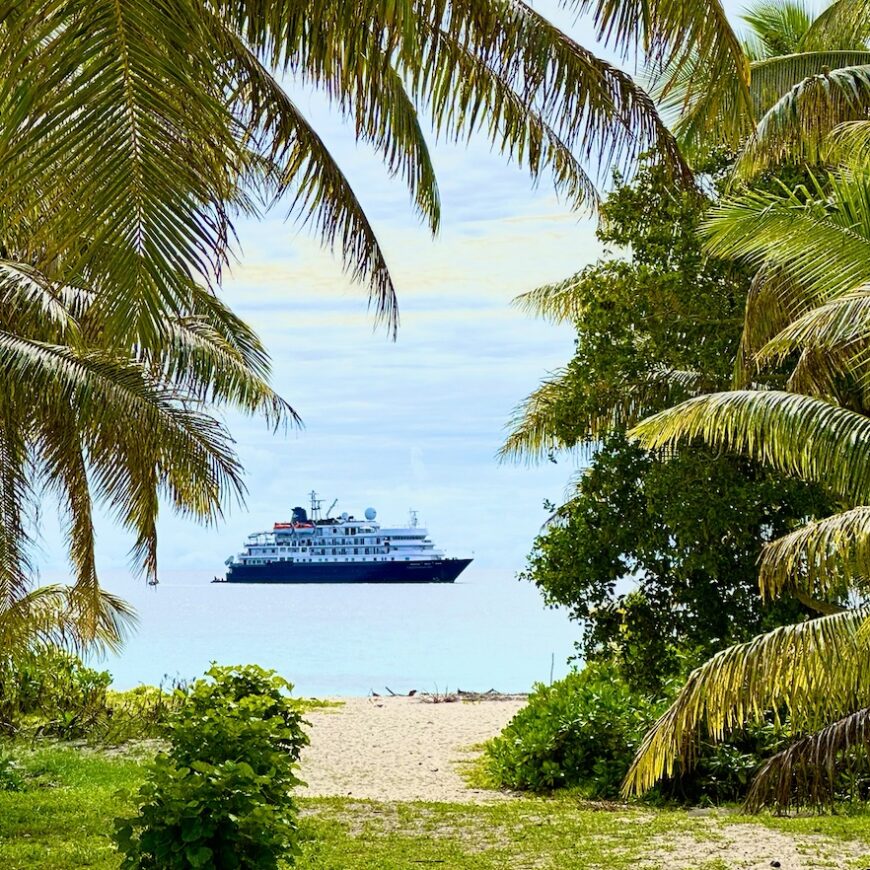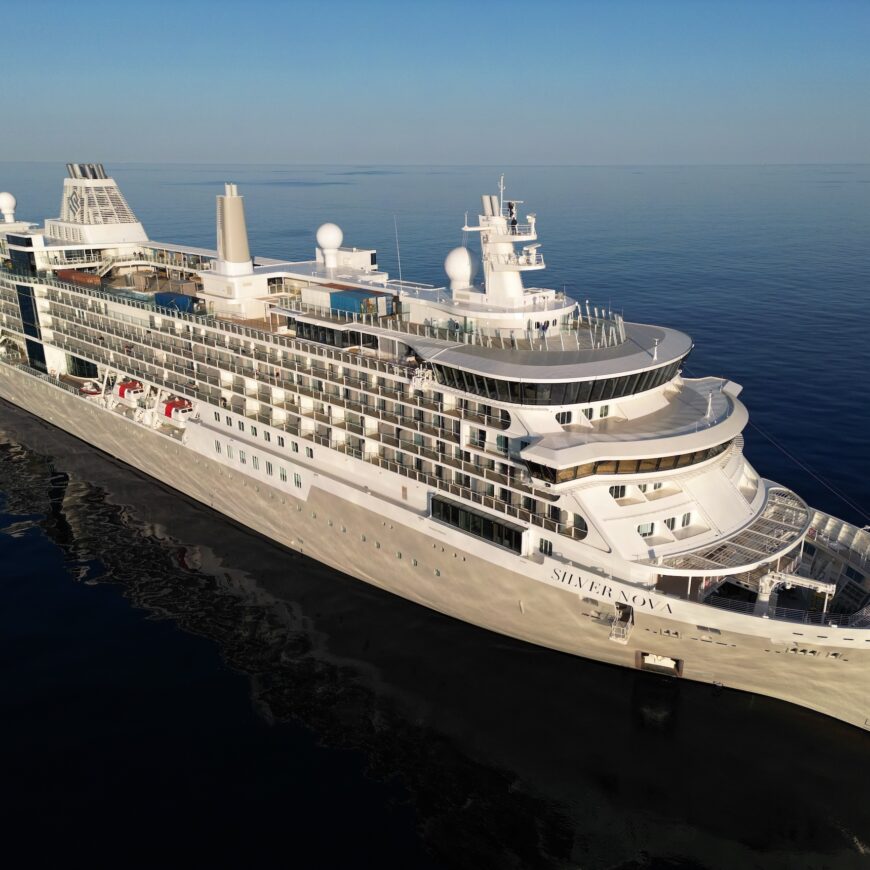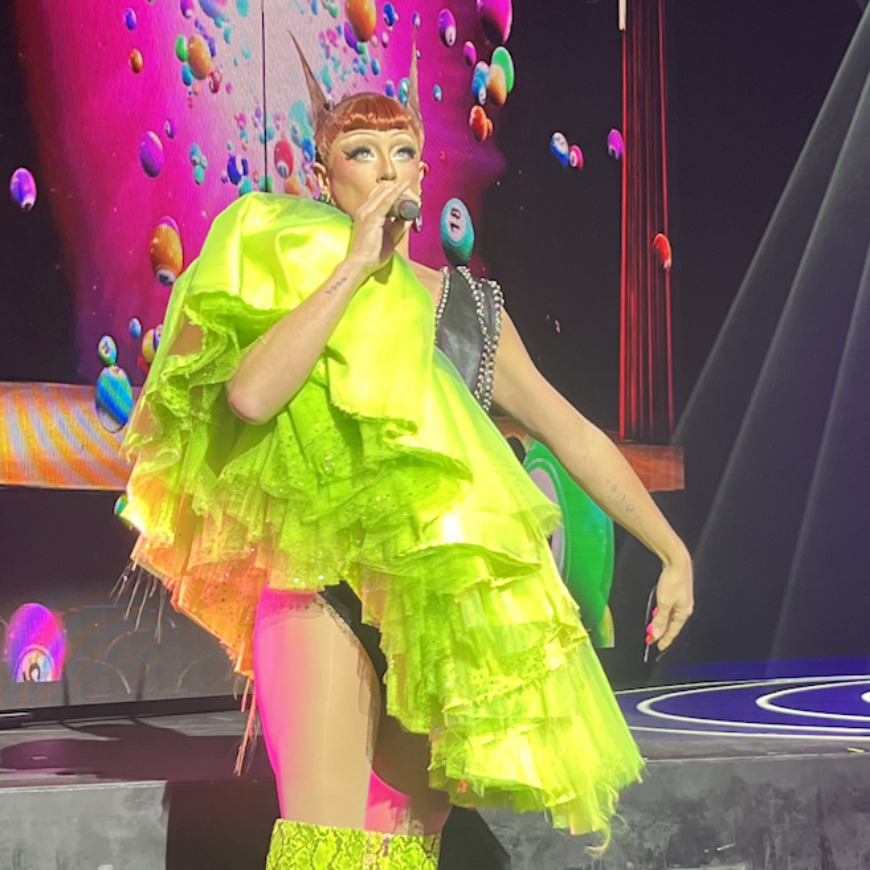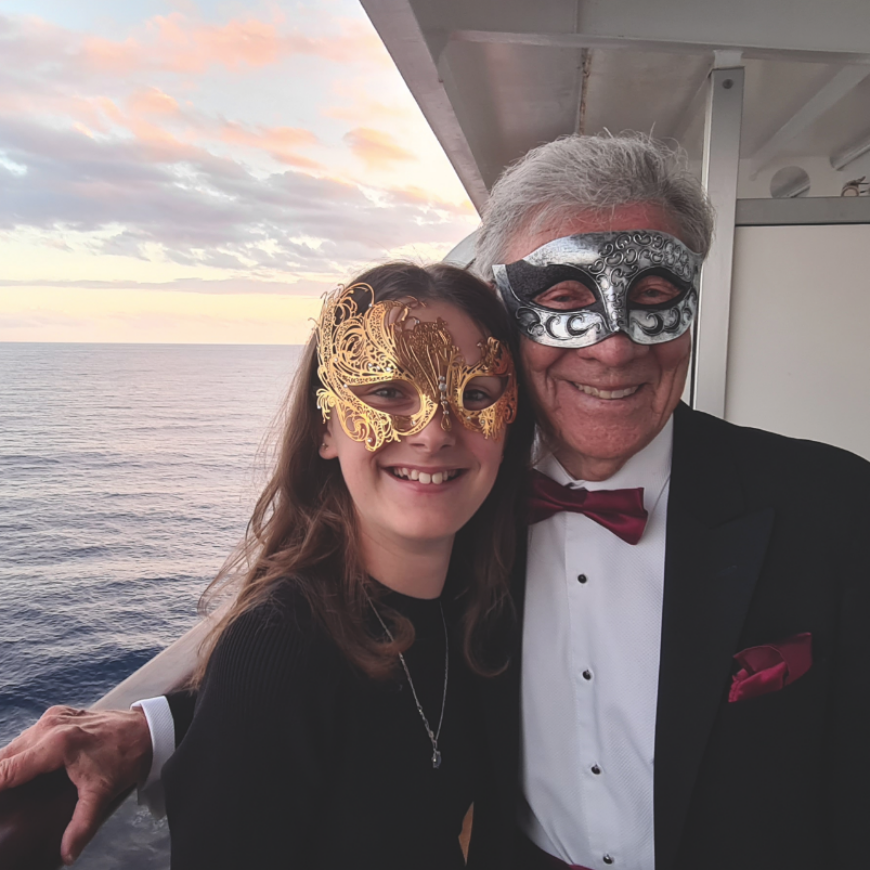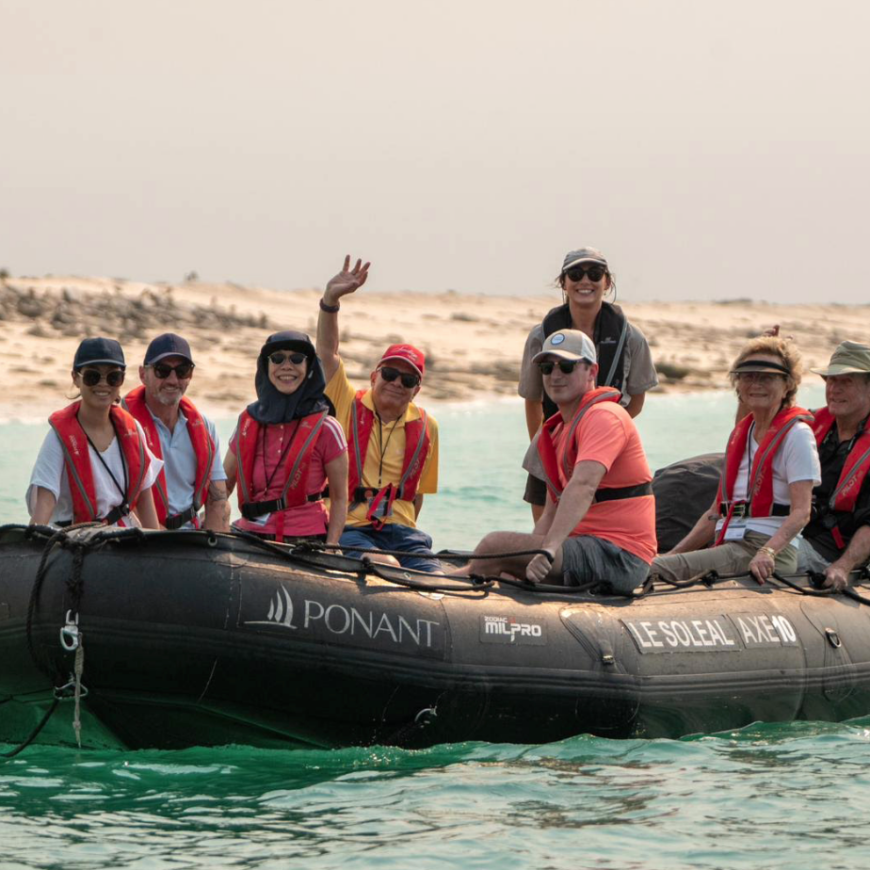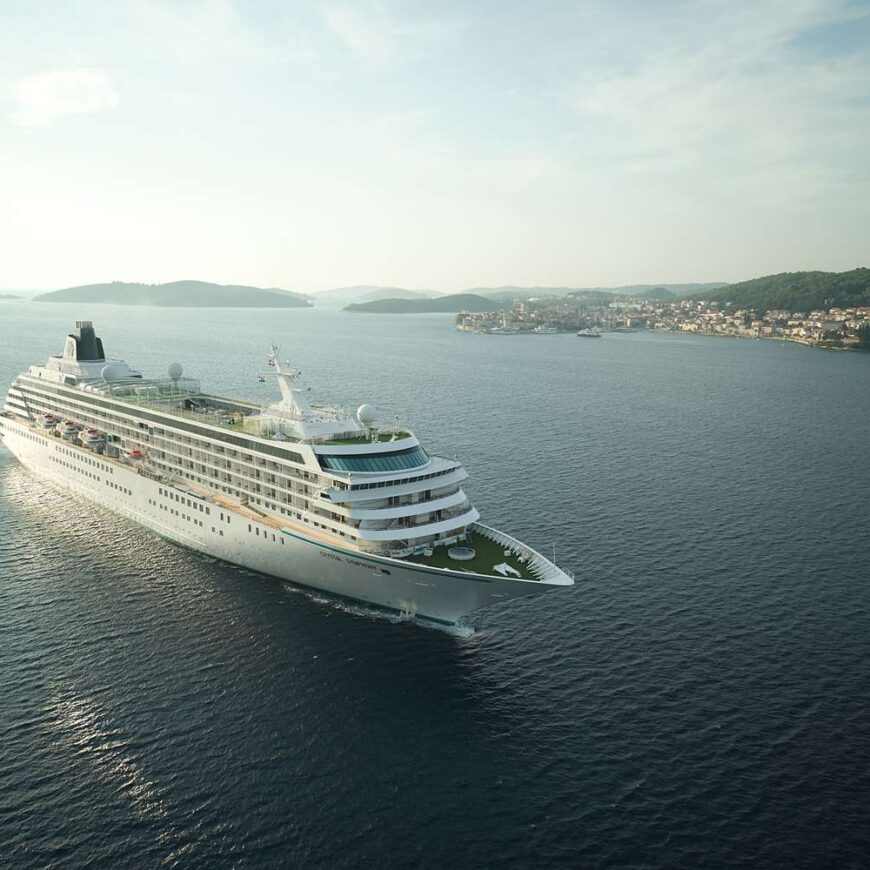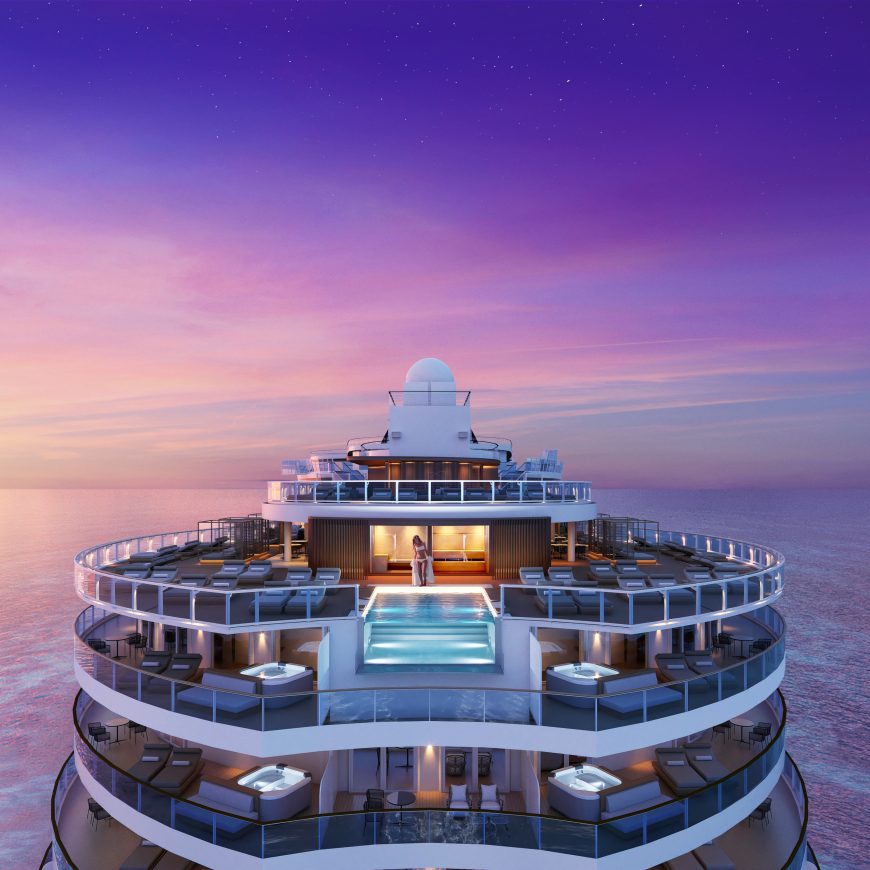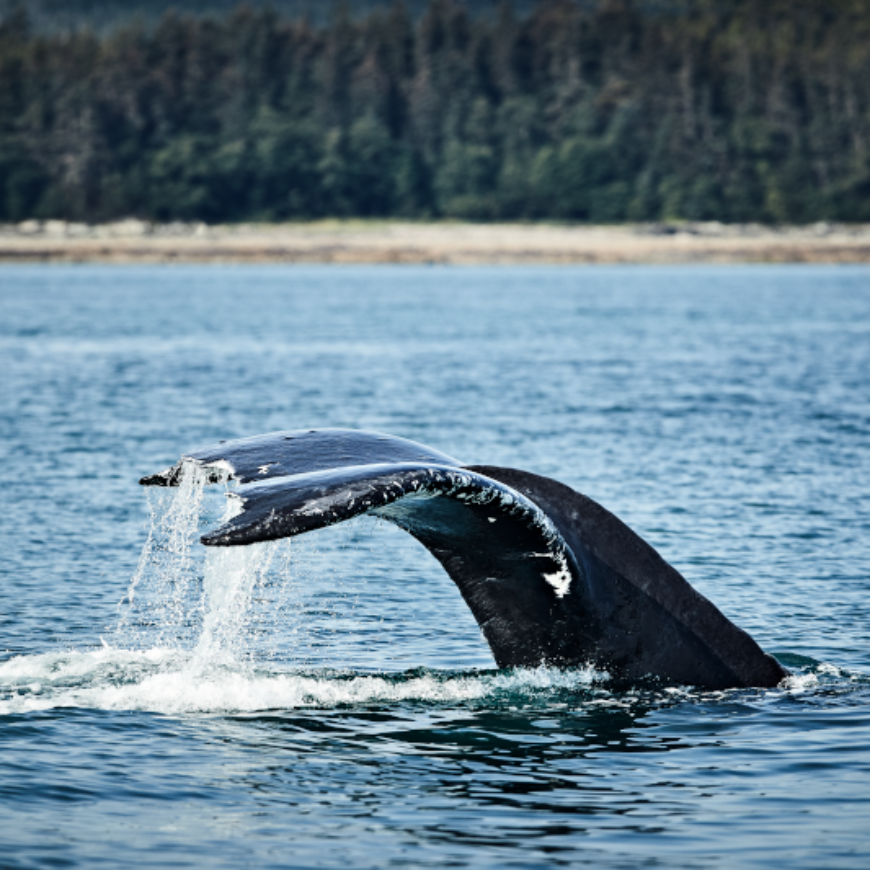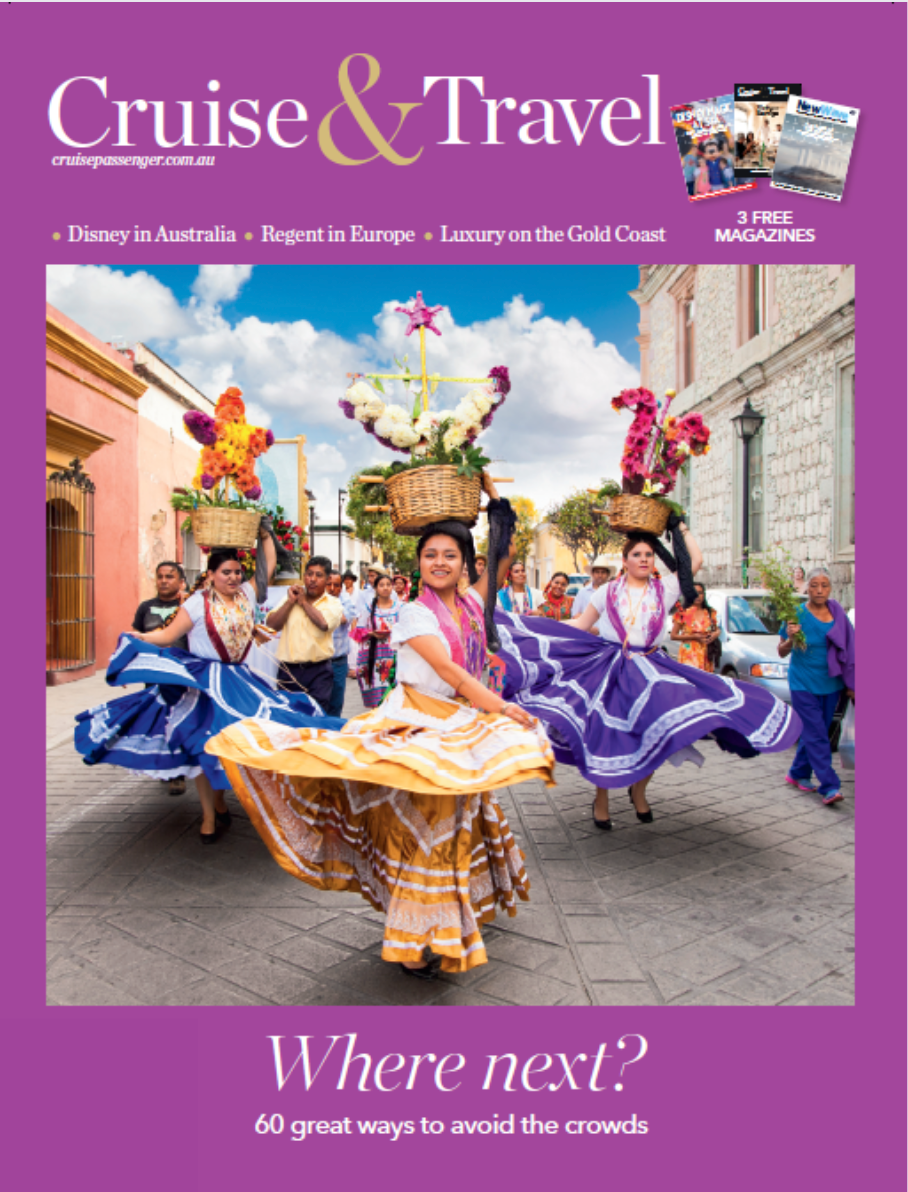South Pacific cruising with Island Escape
ReviewsVanuatu, meaning ‘Eternal Land’, offers timeless South Pacific cruising in the waters surrounding its 83 lush, volcanic islands. Words: Sally Macmillan.
When you need a mid-year escape to recharge the batteries, a short cruise in the tropical waters of Vanuatu offers the perfect fix. A three-hour flight takes you from Australia or New Zealand to a completely different world: one of scenic, volcanic islands, vibrant coral reefs and a complex culture that spans thousands of years.
Learning about a country by being there is the best geography and history lesson a person can have, and I also discovered a wealth of information in a book I dipped into in the library on board our ship, Island Passage (Marco Moretti’s Pacific Islands, Myths & Wonders of the Southern Seas). Vanuatu consists of some 83 islands covering 14,760 square kilometres in the South Pacific Ocean, situated on the Ring of Fire, where the Pacific plate slips beneath the Indo-Australian plate – hence all the volcanic activity.
Ninety-five per cent of the population is Melanesian – Ni-Vanuatu – and the first European to visit Vanuatu was a Spaniard, Pedro Fernando de Quiros, who landed in 1605. Captain James Cook visited in 1774, surveyed the islands and named them the New Hebrides after the Scottish archipelago. Indeed, today’s charts are still based on Cook’s original survey, which is another good reason for GPS, but I digress … The first missionary to go there, John Williams, was killed and eaten on Erromanga, but this didn’t deter colonisation by the French and English in the 19th century.
This is by way of a very brief background to a beautiful cruise I took with Island Escape Cruises last July. After flying into Port Vila and spending a night in the very comfortable Grand Hotel & Casino, I was on a flight to the island of Espiritu Santo in a misty, delicately coloured dawn. You really know you’re in a different world when you walk across the airport tarmac in warm air that’s scented by tropical blossom, a vague smell of drains and eau de aircraft fuel, to board a propeller plane.
At Santo airport an Island Passage crew member greets the cruise guests and transports us to Luganville, where we are welcomed aboard with glasses of champagne by our skipper, Patrick, and hostesses Brittany and Tari.
Island Passage is a boutique, 500-ton ship that accommodates a maximum of 20 guests in 10 luxurious ensuite cabins and on this cruise we are spoilt for choice as there are just nine of us – two couples and two single ladies from New Zealand, two professors from Canada, and me – to enjoy the run of the vessel.
From Luganville we go to Aore, an island just off Santo, where we anchor and have lunch, after swimming around the ship a few times to work up an appetite. This is the first of a series of memorable gourmet meals: tender Santo beef (so good it’s exported to Japan) served with salad and just-baked bread rolls, followed by fresh papaya and limes.
The two onboard sport boats are in regular use during our cruise for game-fishing expeditions and we dine handsomely all week on wahoo, mahi-mahi, rainbow runner and yellowfin tuna cooked or sashimied by chef Steve in all manner of utterly delicious dishes. Skipper Patrick’s hot-smoked tuna is another culinary delight.
Fish caught by guests and crew are also presented to villagers along our route – their dugout canoes can’t take them to the deeper waters inhabited by pelagic species – and sometimes bartered for fruit. The villagers are subsistence farmers and are extremely poor; Island Passage also delivers items such as fish hooks, waterproof torches and batteries, bags of rice, salt, guitar strings, paper, pencils and children’s clothes to these remote communities.
After spending a night at Aese island we head for Mavea island, a little further north, where the ship’s launch takes us past Oyster Island Resort to the mouth of the Riri River. We’re met by three burly Ni-Vanuatan men who load us into dugout canoes and paddle us through the steamy rainforest to Matevulu Blue Hole. During our cruise we swim in two of these spectacular, azure-blue, spring-fed pools. The water is so clear you can see the bubbles coming up from the springs deep below and as one passenger commented, it feels as though you’re swimming in silk.
Champagne Beach is our last stop in Santo before we steam east towards Maewo, passing Ambae, site of an active volcano and the inspiration for James Michener’s mysterious island of Bali Hai in his book Tales of the South Pacific. Champagne Beach is the classic, deserted tropical beach: a wide crescent of fine white squidgy sand, turquoise water and lush jungly interior. Vibrantly coloured sarongs (for sale to visitors) are tied to the trees and flap gently in the breeze – however, one passenger who’d been to Champagne Beach before said they’re mostly made in China. No matter; the swimming, snorkelling and kayaking is superb and a trip organised by Chief Obi Toti’s son Kane, to another Blue Hole, gives us a valuable insight into village life.
We anchor at Asanvari, a bay on the south west of Maewo island. Chief Nelson greets us at the beach and grants us landing and snorkelling rights in return for a few thousand Vatu (which has all been arranged beforehand by our skipper). At the Asanvari Yacht Club, an open-sided structure on the beach, men from the village wearing traditional dress and tribal face paint perform welcome dances, and laughingly insist we all join them at the end. Beautiful, cheeky children run around giggling and mimicking the dancers, while the womenfolk hang back, smiling shyly. Their handwoven baskets are strung around the Yacht Club and at about 500 to 1,000 Vatu make attractive souvenirs and add a little to Asanvari’s struggling economy.
The snorkelling off Asanvari is arguably the best we’ve experienced so far; even on an overcast day there’s so much to see that we’re in the water for hours. Million Dollar Point is in another league again. This dive site on Santo is famously named for the value of the US military equipment that was dumped there at the end of World War II. Apparently, it was going to cost the US Army too much to transport the equipment back to America, so they lined up tanks, trucks, bulldozers and cranes on the shore with their engines running and let them roll into the sea. Today, you can see these WWII relics, now decorated with coral growth and home to shoals of brilliant fish, in 35 metres of water just off the shore.
A cruise on Island Passage can easily be combined with stays in Santo or Port Vila; there are three-night and five-night itineraries, which depart from Aore (not Luganville, as last year). Whatever combination you choose, rest assured that you will return to the ‘real’ world rejuvenated and raring to book your next adventure in the mystical islands of the ‘Eternal Land’.
FACT FILE
Cruise line: Island Escape Cruises
Vessel: Island Passage
Max passenger capacity: 22
GRT: 496 tons
Total crew: 8
Entered service: 2004
Facilities: 3 passenger decks, 10 staterooms with TV and aircon, saloon/dining room, bar, sundeck, 2 sport boats, 2 multi-purpose boats, kayaks, snorkelling and fishing equipment.
Highs
- Excellent standard of staterooms, food, NZ wines and service
- Snorkelling
- The crew
- Last but not least, my fellow passengers.
Lows
- Not catching any fish on our specially organised women-only fishing trip
- A couple of onboard lectures about the history and culture of the islands wouldn’t go amiss.
Sally Macmillan was a guest of Island Escape Cruises, the Grand Hotel & Casino Port Vila and Air Vanuatu.


